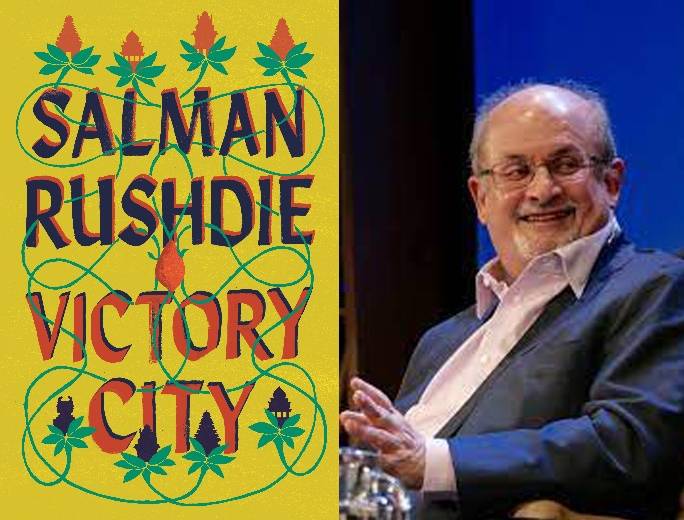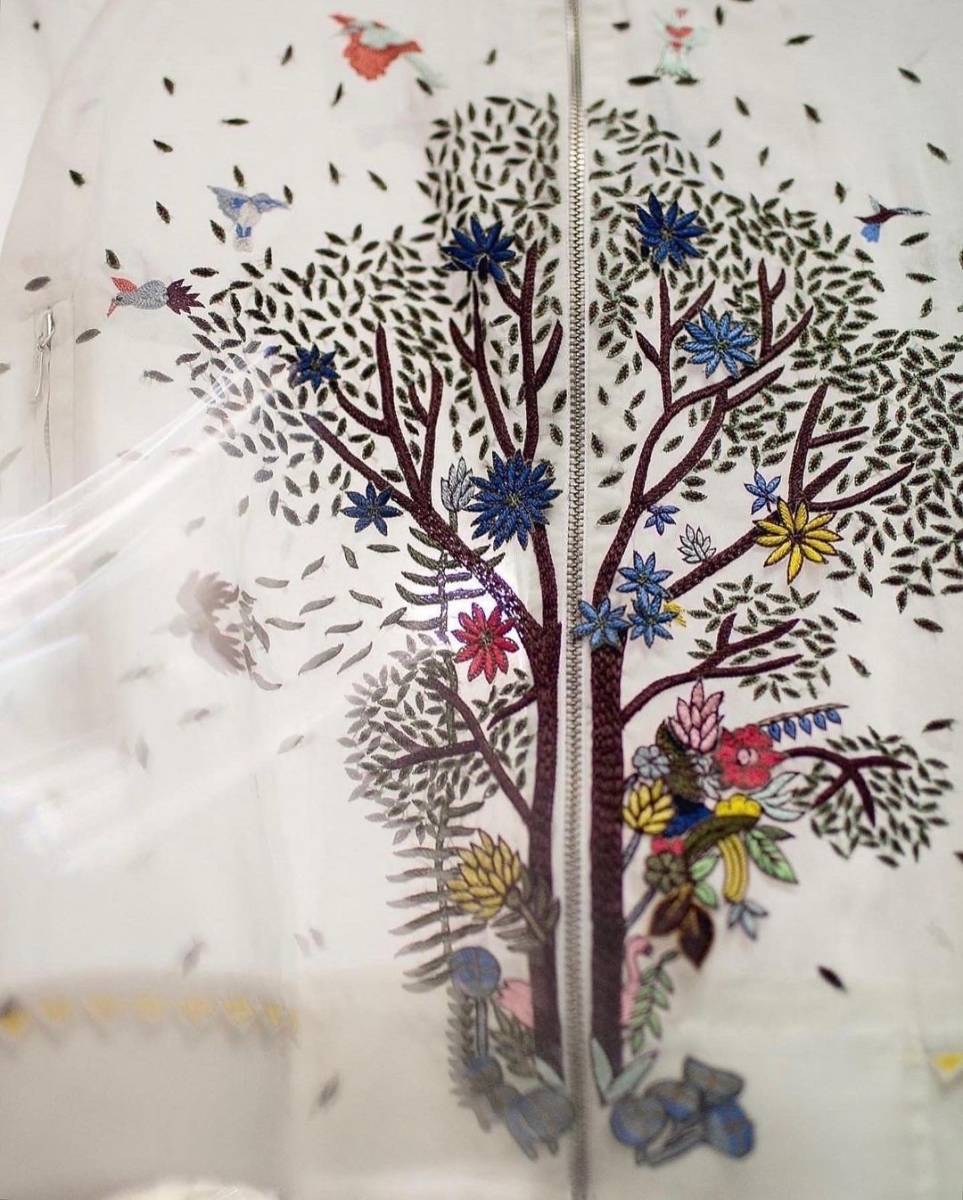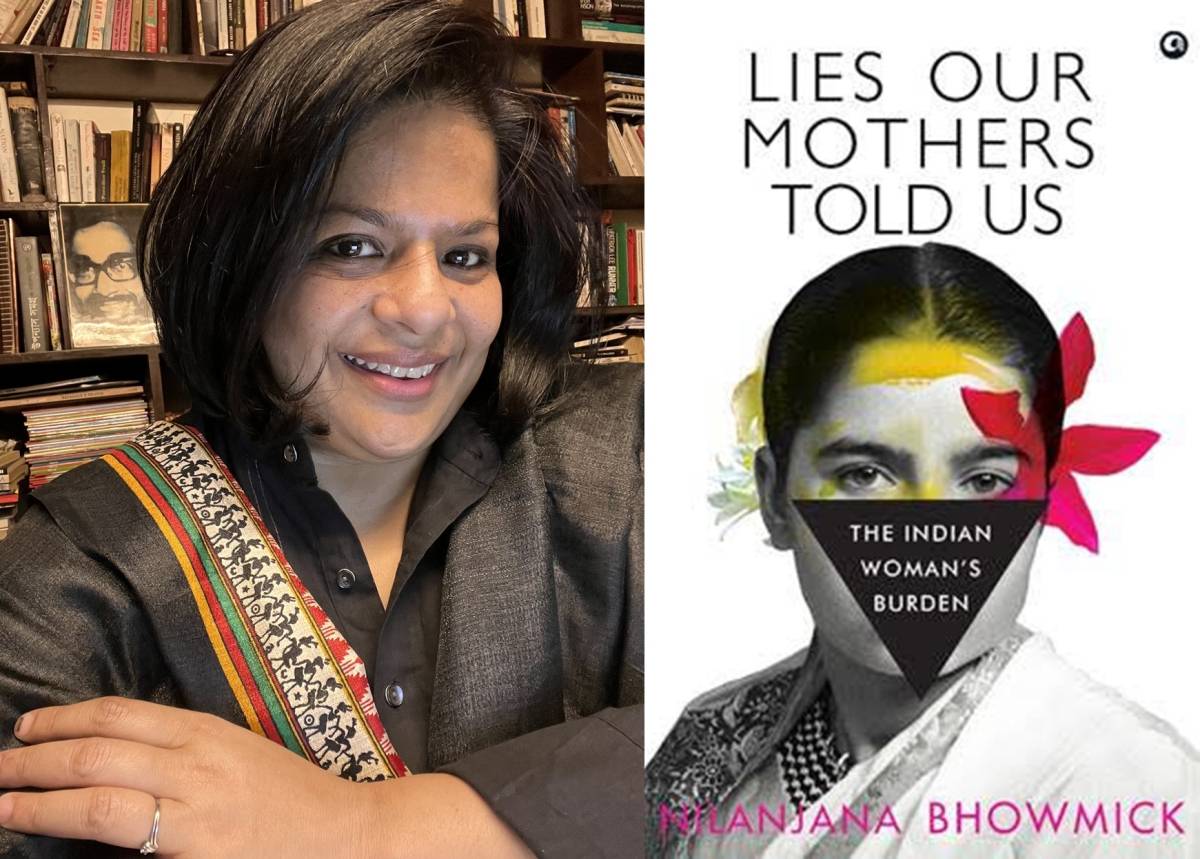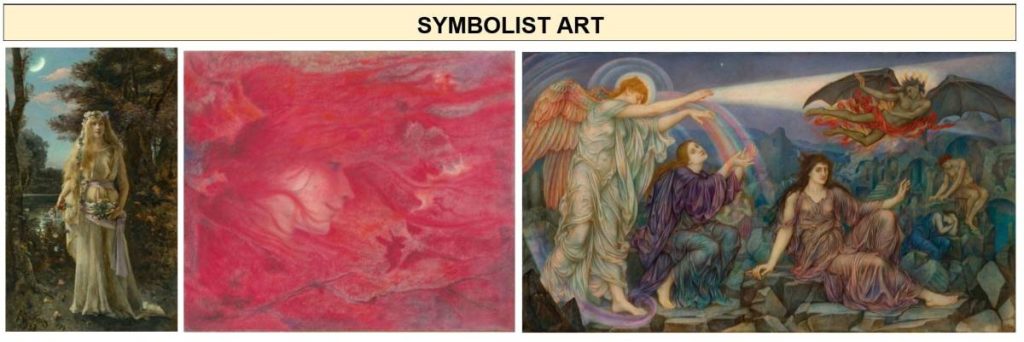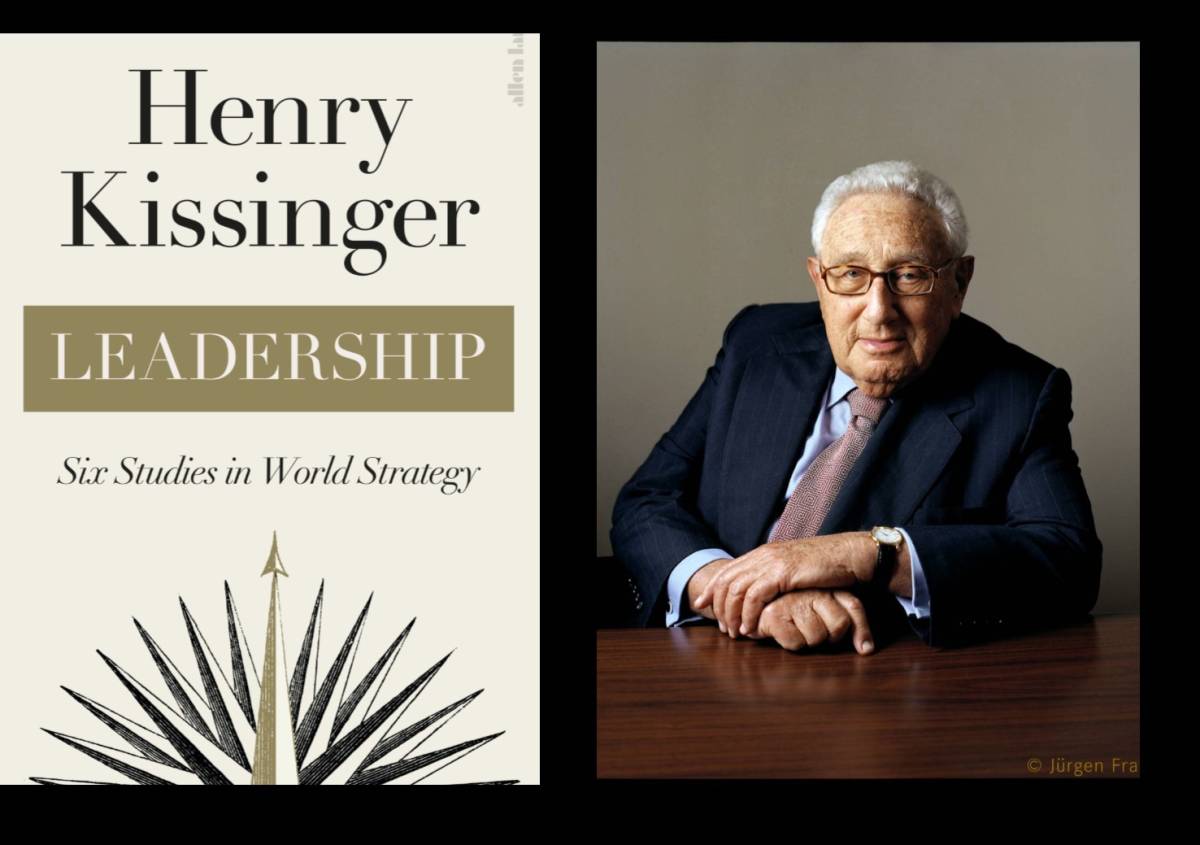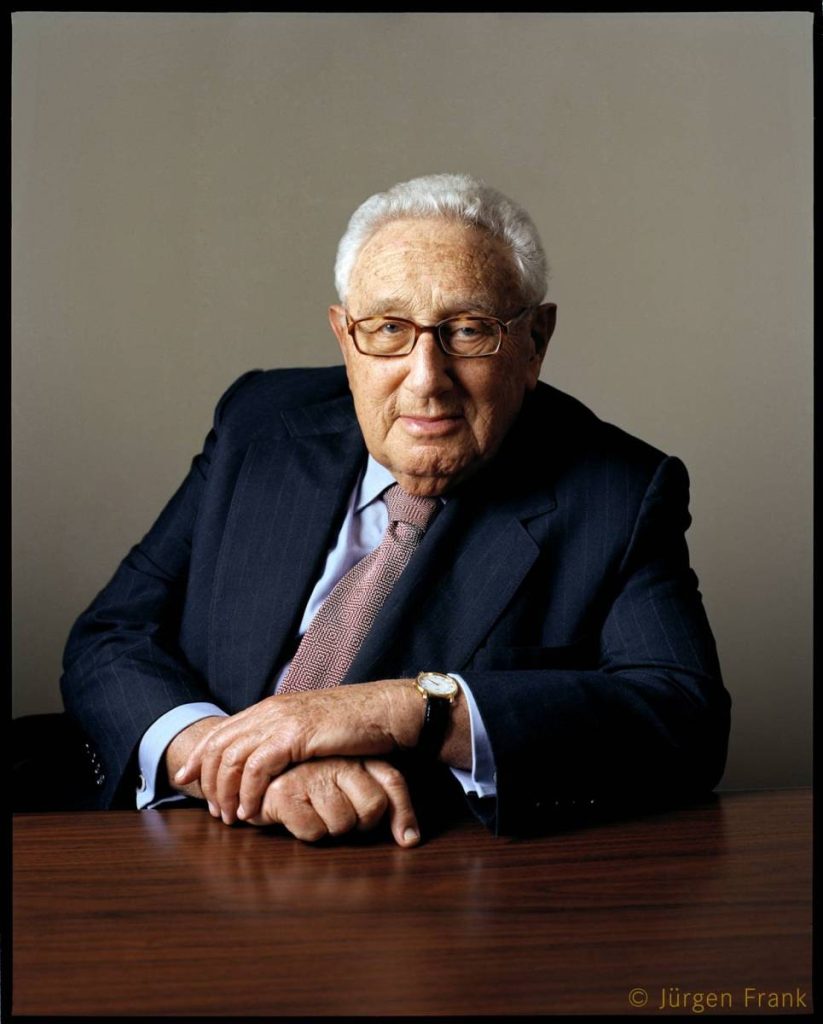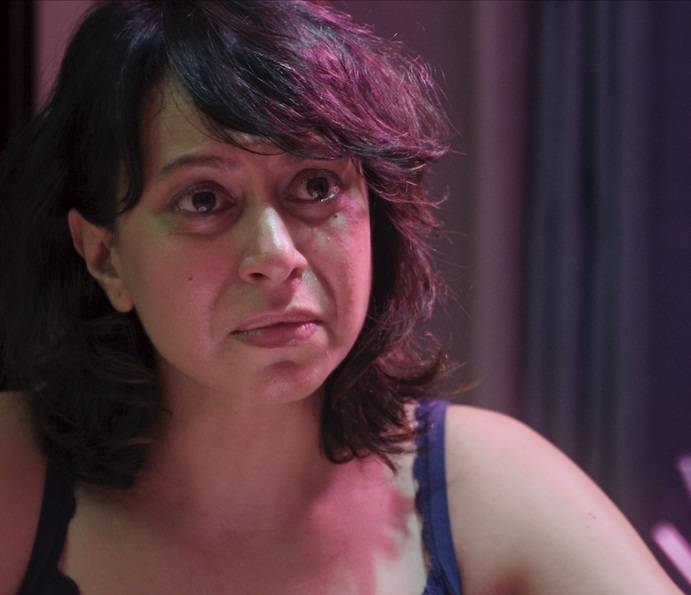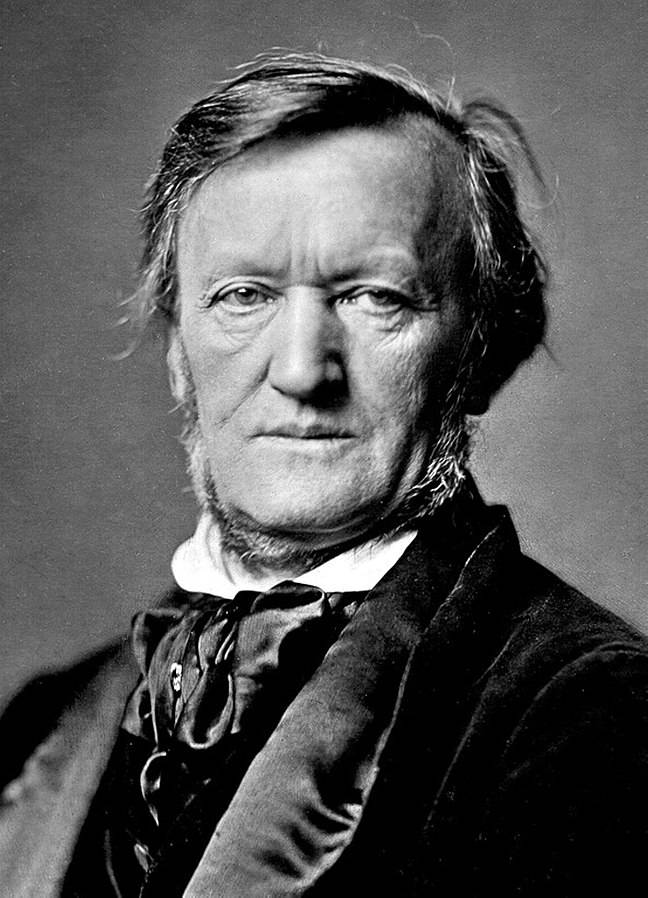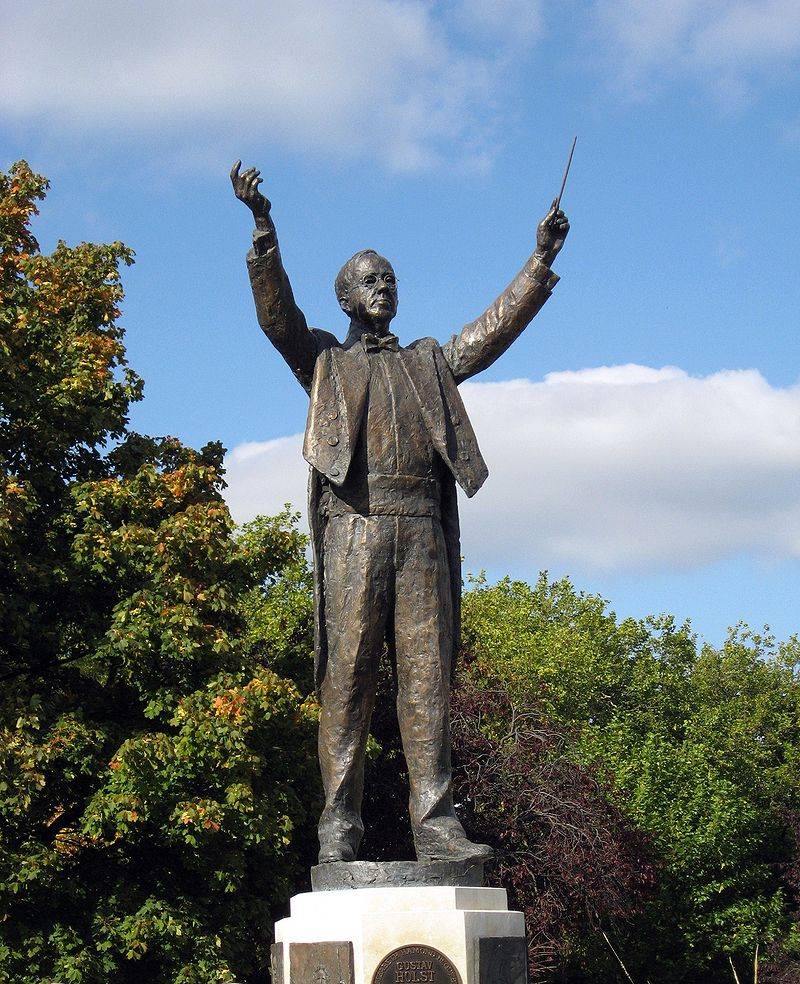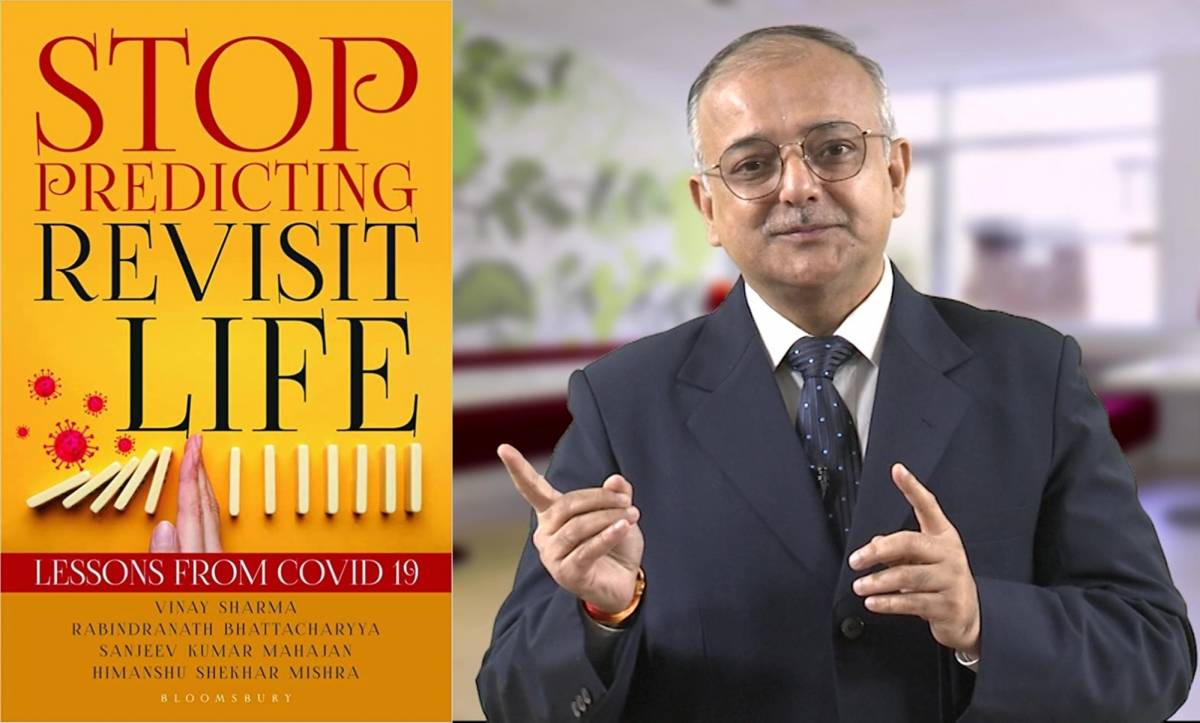Half a millennium later, her writing is discovered, deep in the ancient earth. This is an epic tale with a message for us all: our power is fleeting, but our stories last forever…reports Asian Lite News
Hidden in a clay pot; sealed with wax; buried at the heart of a ruined palace amidst the ashes of an empire — a story waits to be told.
When nine-year-old Pampa Kampana starts hearing the voice of a goddess, she vows to ensure that no more women suffer her beloved mother’s unconscionable fate. Her magic creates a mighty city; her whispered words inspire its people to grow and change. Her poetry maps the rise and fall of its empire. And the prophetess herself — beloved, feared, timeless — watches as the world changes across the centuries and her body fades along with her city’s glory.
Half a millennium later, her writing is discovered, deep in the ancient earth. This is an epic tale with a message for us all: our power is fleeting, but our stories last forever.
“From one of our greatest storytellers, ‘Victory City’ is a tale for our times. Brilliantly styled as a translation of an ancient epic, this is a saga of love, adventure, and myth that is in itself a testament to the power of storytelling. And at its heart, a true heroine, Pampa Kampana, who sets out to give women equal agency in a patriarchal world. This is a stunningly beautiful, lyrical and gripping novel about power and the hubris of those in power,” said Michal Shavit, Publishing Director at Jonathan Cape who acquired the UK and Commonwealth rights, excluding Canada, from Andrew Wylie at The Wylie Agency.
A Fellow of the British Royal Society of Literature, Rushdie has received, among other honours, the Whitbread Prize for Best Novel (twice), the Writers’ Guild Award, the James Tait Black Prize, the European Union’s Aristeion Prize for Literature, Author of the Year Prizes in both Britain and Germany, the French Prix du Meilleur Livre Etranger, the Budapest Grand Prize for Literature, the Premio Grinzane Cavour in Italy, the Crossword Book Award in India, the Austrian State Prize for European Literature, the London International Writers’ Award, the James Joyce award of University College Dublin, the St Louis Literary Prize, the Carl Sandburg Prize of the Chicago Public Library, and a U.S. National Arts Award.
He holds honorary doctorates and fellowships at six European and six American universities, is an Honorary Professor in the Humanities at MIT, and University Distinguished Professor at Emory University. Currently, Rushdie is a Distinguished Writer in Residence at New York University.
His novel “Midnight’s Children” was adapted for the stage and performed in London and New York by the Royal Shakespeare Company. In 2004, an opera based on “Haroun and the Sea of Stories” was premiered by the New York City Opera at Lincoln Center.
A film of “Midnight’s Children”, directed by Deepa Mehta, was released in 2012. “The Ground Beneath Her Feet, in which the Orpheus myth winds through a story set in the world of rock music, was turned into a song by U2 with lyrics by Rushdie.
ALSO READ-‘Lies our mothers told us’

